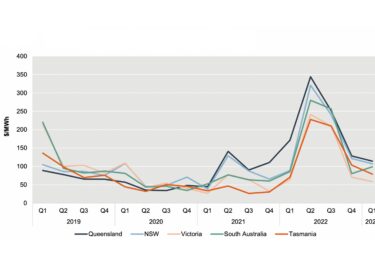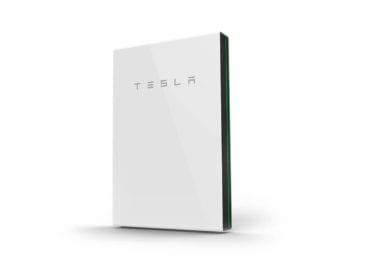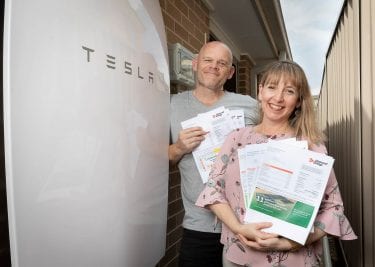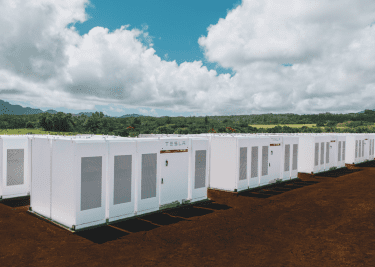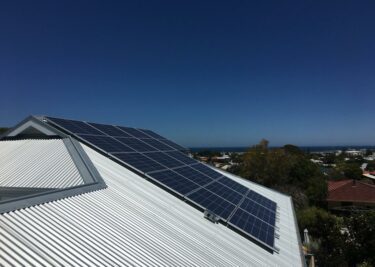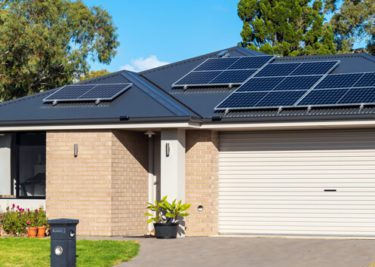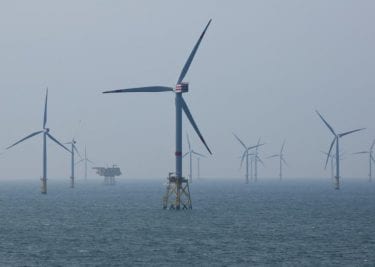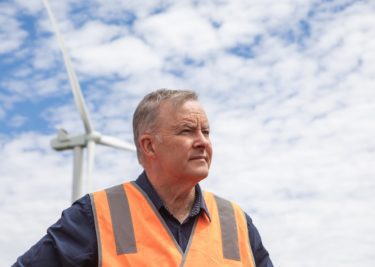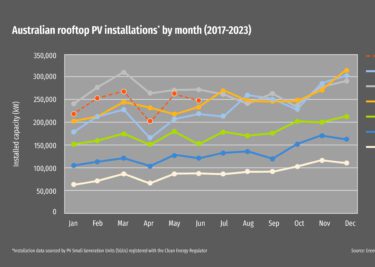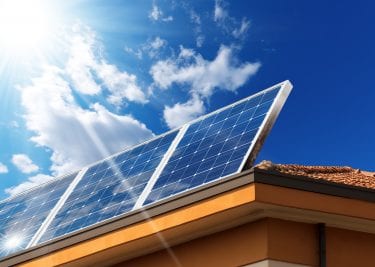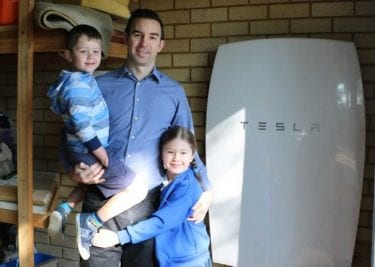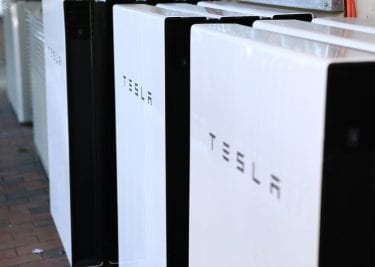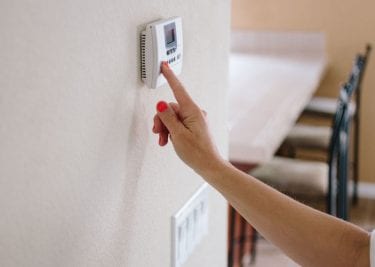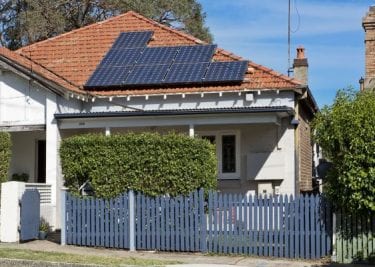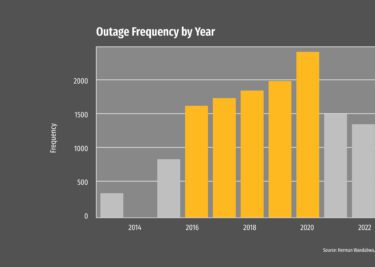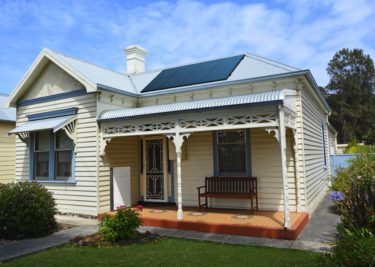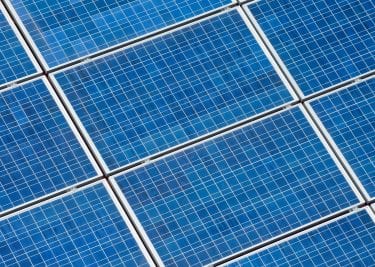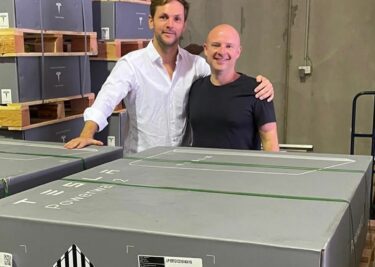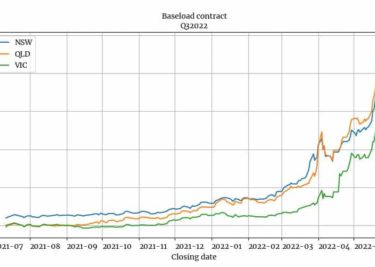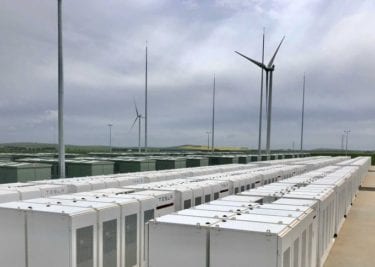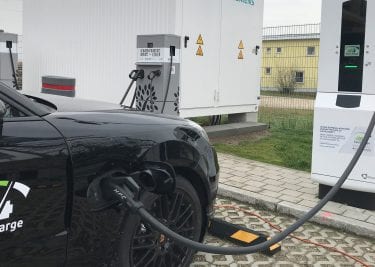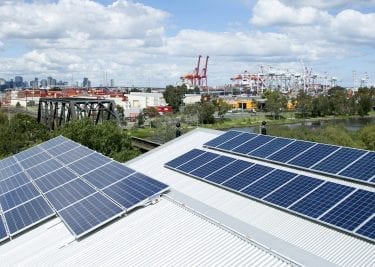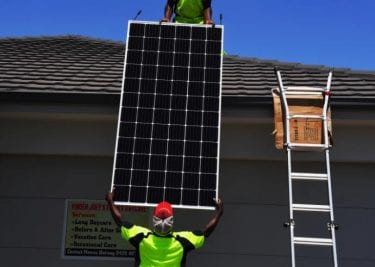As more Australians per capita have solar installed on their homes than anywhere else in the world, and as feed-in-tariffs (FiTs) continue to fall around the country, more Australians are turning to batteries to store their excess solar energy. But is Tesla Powerwall worth it in 2022?
A residential battery can double the amount of self-generated energy you use. So, a bit like getting fit, getting a Tesla Powerwall installed in your home won’t do you or the planet any harm. But like exercise, how much good it will do you, and how quickly, depends on how much energy you put in and how much you expend. Moreover, like exercise and diet, nothing is the same for everyone. So, when it comes to finding out whether a Tesla Powerwall is worth it for you in 2022, there are a number of things to consider.
What are your energy needs?
In much the same way it works when getting a solar system, before you install a Tesla Powerwall you’ll need to know your household’s energy needs to ensure you get the system design that is right for you:
- The first thing to do is to take a gander at your electricity bill for the average units of electricity, kilowatt-hours (kWh) you use every month.
- Next, make a list of all your major appliances, the air conditioning, floor heating, fridge, stove, heated pool etc. Then record the power draw of each of these appliances in watts. You should be able to find this figure on the label of the appliance, or if not, a quick internet search should do the trick.
- Once you’ve got the list of figures, add them up and you should have a figure close to your monthly kWh average along with a clear idea of your most energy-intensive appliances (we’re looking at you under-floor heating!). Also, you will be able to gauge how much electricity you would use if you decided to run everything on full blast, which is to say, your maximum energy load.
It’s important to know your home’s maximum load because residential batteries like the Tesla Powerwall have limitations for continuous power output. The Tesla Powerwall has a useable capacity of 13.5kWh and 5kW of continuous power output (7kW at peak load). Powerwalls can be stacked, meaning linked together, so if you have two Powerwalls your continuous power output would be 10kW. And now, since you’ve done the maths on your household’s energy draw, you should have a pretty clear idea of how many Powerwalls you’ll need depending on whether you want partial coverage or complete coverage.
Taking the average residential property in, say, Sydney, which consumes 20kWh of energy throughout the course of a whole day. One Tesla Powerwall with a well-balanced capacity of solar panels can easily cover all your energy needs with some to spare.
Of course, if you’re the proud owner of an electric vehicle (EV), a home battery like Tesla Powerwall is a very smart idea. Not only will the EV be a part of the home network powered by solar and battery, but Powerwall will also learn when it is best time to charge your EV. What is more, as vehicle-to-grid (V2G) applicability becomes more widespread, a fully integrated EV with home solar-plus-storage system is an even more attractive prospect. Many state governments around Australia are coming up with ways to better incentivise the uptake of EVs and V2G, making batteries more appealing at the same time.

And lastly, when it comes to your energy use, it is important to consider when you use your energy. If most of your energy use occurs in the evening, a Powerwall is certainly a good idea. If you use most of your electricity during the day, a larger solar system might be the right option. Typically, most people consume the majority of their energy in the evenings at what is known as ‘peak hours’. With Tesla Powerwall, you will have stored excess solar during the day to either export during these hours for higher credits and returns, while also avoiding the highest energy prices.
Of course, if all of that sounds like a bridge too far or you don’t have the time, the right solar professional is able to help. They can provide an assessment of your maximum electricity load and ongoing energy needs. Given this information, they’ll then be able to provide you with a quote for the right-sized rooftop solar system and Tesla Powerwall battery storage.
What is your home storage goal?
Now it’s time to consider what you want to get out of your Tesla Powerwall. Namely, whether you want partial (base level) storage coverage in case of a blackout, or full coverage.
Tesla Powerwall is a smart device, and thanks to their backup function they will keep the electricity on during a blackout. If you stack enough Powerwalls you can ensure that your home can keep running on maximum load. But you can also prioritise which appliances can draw power during a blackout, such as the fridge and lighting, and which appliances will have to do without (we’re looking at you floor heating!).
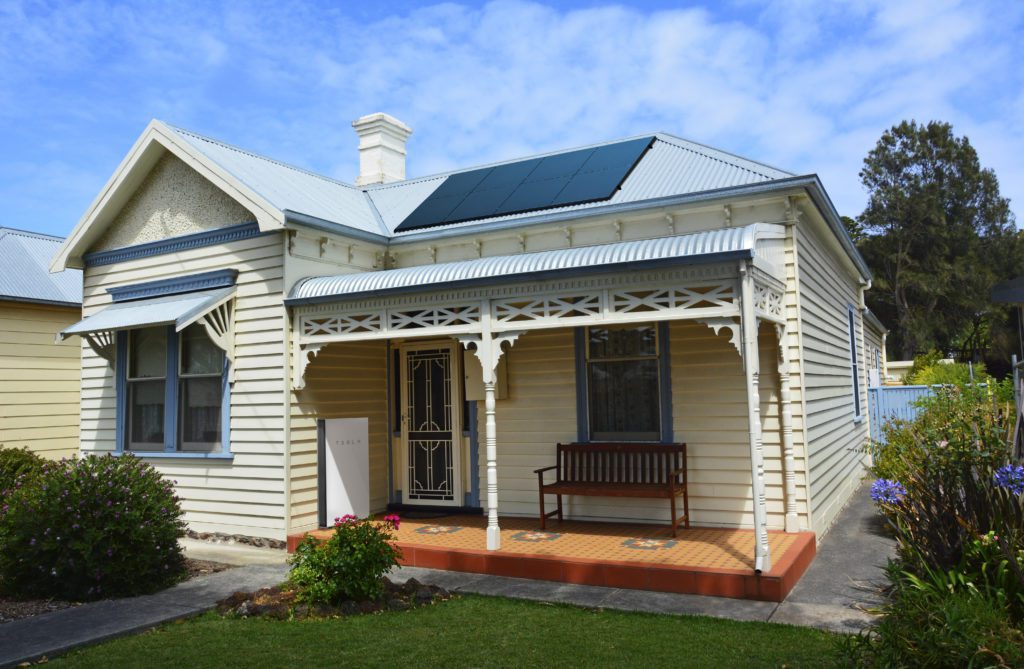
Grid independence
Many people interested in installing a Tesla Powerwall will be particularly interested in gaining independence from the grid and their energy company. Some people may even want to take themselves completely off-grid, though, it requires careful consideration as this Natural Solar blog post explains. This is particularly true as there are many great opportunities for returns on your investment in a Tesla Powerwall by staying grid connected, such as participation in a virtual power plant (VPP) program.
Nevertheless, if you want independence, a solar battery is the best way to get it. By surviving off the electricity you generate on your own roof, you will be secure in blackouts and know that you are reducing greenhouse gas emissions to the atmosphere, and your property is also likely to increase in value due to the attractiveness of self-sufficiency to new home buyers.
Already have solar?
If you already have solar installed on your house adding Tesla Powerwall is a great idea. But when making the decision, it is important to keep the size of your solar array in mind.
If you want 100% backup capacity, you’ll need to make sure you’re balancing the output capacity of your solar system with the battery’s power capacity. If the two systems are in balance you can operate your home system like an island microgrid indefinitely. However, if your solar panels are outputting more power than your batteries can absorb, the battery will automatically shut down the rooftop solar system at times of blackout to manage the power intake.
Sizing your solar system to your needs and your Tesla Powerwall is also an important consideration. Many older rooftop solar systems are small and use older, lower efficiency PV panels. This could mean that much of the power generated on the roof is consumed by household devices, and there isn’t enough to feed into Tesla Powerwall to make it worthwhile.
In the situation that you have an underpowered rooftop solar array, it then makes sense to upgrade the system with the latest technology. This generally involves replacing existing solar panels and, most likely, expanding its size. The good news is that solar manufacturers have made great strides both in terms of efficiency and cost in recent years, delivering both the additional solar power you need and bang for your buck. And while rebates for rooftop solar have decreased over time, they remain generous meaning it makes good financial sense to upgrade.
Where do you live?
Thanks to Australia’s exceptional solar uptake and rickety electricity network, many of the great FiTs that electricity retailers have been offering over the last decade have decreased for new solar buyers. Indeed, in some places where the grid is particularly congested, there are reports of no FiT returns at all. And since this trend looks like it will continue, many Australians are turning to batteries like the Tesla Powerwall to store the excess solar energy they would otherwise export to the grid.
If you live in an area where FiTs are still relatively lucrative, or if you have an existing solar system and are thus tied to a set long-term FiT, a home storage system like a Tesla Powerwall will be able to make the most of your energy use and export. Indeed, the Powerwall’s time-based control feature learns and predicts the cost of energy over a given period, enabling it to charge when energy from the grid is cheap or solar abundant, and discharge at peak periods to maximise credits and savings.
Tesla Powerwall entered the Australian market in mid-2015 uptake was slow. But as the price of solar and batteries have continued to drop, and electricity prices continue to rise or fluctuate, more and more Australians are opting to add Tesla Powerwall to their existing solar panels or enhance their independence and get a solar-plus-storage system for their home. Today, the battery market in Australia is at a pivotal stage between early adoption and the foothills of mainstream adoption. This means it is prime time to make sure you get in and take advantage of the many schemes early adopters are able to profit off.
But a lot depends on where you live. Unfortunately, at time of writing, there are no Federal rebates for battery storage systems. However, at the state level there are some options which may help nudge a Telsa Powerwall’s price point in your favour:
- Victoria:
- If you already have solar panels installed with a capacity equal to or greater than 5 kW, Solar Victoria is offering eligible households a maximum discount of $3,500 off the point of sale price for a solar battery that can help a typical household save up to $640 a year.
- If you receive the Solar Victoria battery rebate, you can also join the Solar Victoria Virtual Power Plant (VPP) Pilot Program, which offers higher solar battery rebates at a fixed rate of $4,174 toward the upfront cost of a solar battery and installation. Of course, by joining a VPP you’ll be able to save more money, further reduce your carbon footprint and connect to a community of likeminded solar-plus-storage households ensuring stable electricity service.
- New South Wales (NSW):
- NSW offers an interest-free loan of up to $14,000 for homeowners seeking to install a solar-plus-storage system, and up to $9,000 for those already in possession of a solar system and wanting to add a home battery.
- South Australia (SA):
- In SA there is the offer of a $3,000 rebate and, like in Victoria, the opportunity to participate in a VPP that can provide further savings in the form of power bill credits.
- The Australian Capital Territory (ACT):
- The ACT offers a battery rebate of $825 per kW of power capacity up to 30kW, which translates to up to $24,750.
Is your home Powerwall ready?
So, you’ve decided to go for it and install Tesla Powerwall, but there are still some questions to ask yourself which only your home can answer.
Firstly, do you have the space for the battery system? Though slim and elegant in design, Tesla Powerwalls do require some space for wall or floor mounting. The best place is a shaded area on the exterior of the house, or in a space that offers additional protection from the climate, such as a garage.
By placing your Powerwall on the exterior of the house you make it easy for the cable linking the battery to your solar panels. At the very least, you won’t be able to install a Powerwall inside or outside a habitable room (unless you want the added cost of a fireproof sheet).
Each Tesla Powerwall needs approximately 1m2, and a slightly smaller adjacent space for the backup gateway. This space will need to have very good Wi-Fi or availability to an ethernet jack.
Do you have an electrical disconnect switch? Many older homes don’t have this switch, which is needed by all home storage systems. Unless the electricity can be cut off temporarily, no installation can take place. This is the sort of question you should be asking your solar retailers or installer – though a reputable one will be proactive in discussing any potential installation hurdles with you prior to purchase.
Tesla warranty
Tesla knows that its Powerwall is a big investment, but that’s why it offers a long warranty to make that investment relatively risk-free and assure you that Tesla is confident in its product.
If you’re using Powerwall for solar self-consumption, time-based control and backup, the battery will maintain 70% usable capacity following installation for unlimited cycles across a 10-year period.

